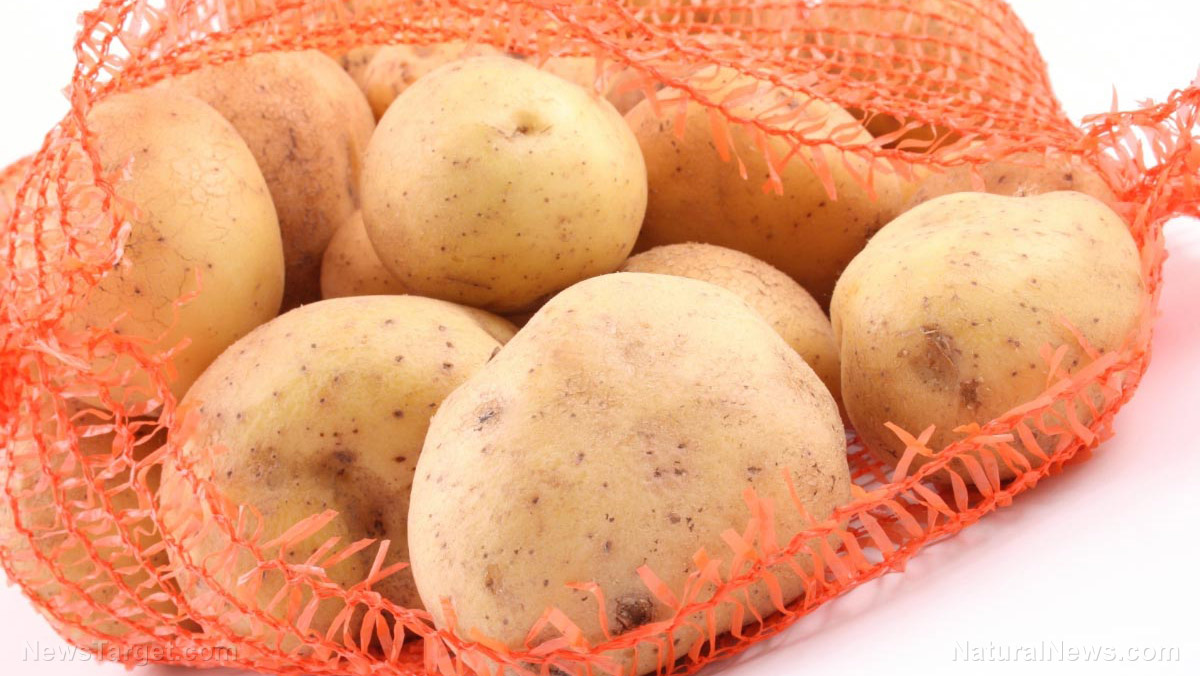
Sweet potatoes have been domesticated since the prehistoric times, according to scientists. Records from ancient caves in Peru show that people have already grown sweet potatoes since then. Initially, sweet potatoes were native to Central and South America, but European colonizers brought it to Europe in the 15th century. From there, the cultivation of sweet potatoes blew up – spreading to Africa, India, southern Asia, and Indonesia in the next century. These days, you don't need to travel the world for sweet potatoes: They can be found all year round in farmer's markets and supermarkets near you.
No part is wasted on a sweet potato
The best part of eating a sweet potato is that no part the plant is wasted, and every part is known to be beneficial for human health.
The flesh is packed with beta-carotene, which the body converts to vitamin A for healthy eyesight. Sweet potatoes also have minerals such as potassium, calcium, iron, magnesium, zinc, and phosphorous. They're also teeming with fiber and complex carbohydrates.
A sweet potato's nutrient content depends on the color of its flesh: Orange ones have the highest amounts of beta-carotene, while the purple-fleshed variety contains anthocyanins – antioxidants that give berries and other foods their red, blue, and purple color. In particular, the antioxidants found in sweet potatoes promote heart health, fight inflammation, and keeps bacterial infection, Type 2 diabetes, and certain cancers at bay.
Sweet potato leaves are just as valuable. They're excellent sources of vitamin B6 which protects blood vessels and arteries and prevent cardiovascular diseases. Given that the body cannot manufacture B vitamins, its presence in sweet potatoes is a huge factor in keeping us healthy.
According to a recent study, eating the purple leaves of a sweet potato for two weeks can lower the amount of bad cholesterol in the body and prevent plaque from sticking to the arteries. In addition, sweet potatoes are packed with tumor-fighting polyphenols. A six-week study on mice showed that the presence of polyphenols in the body prevents the growth of prostate cancer cells.
Even the skin of sweet potatoes contain antioxidants that fight breast, colon, ovary, and lung cancer cells.
No wonder sweet potatoes are part of child malnutrition programs in developing countries. Even now, agriculturists are studying ways to boost the nutritional content of sweet potatoes even more.
Sweet potato on your table
So, how do you make the most of this superfood that's bursting with vitamin goodness? Here are just some ways to enjoy it.
Baked Sweet Potato Fries - Here's a healthier take on a fast food classic.
Ingredients:
- 1 sweet potato per person
- 1 tablespoon of olive oil
- Herbal salt and cracked pepper, to taste
- Your preferred herb or spice
How to make it:
- Preheat oven to 356 F (180 C).
- Peel off the skin, and cut the sweet potato into strips. You can decide how thick you want your fries to be.
- Place the strips on a baking tray and lightly brush them with oil. Sprinkle with salt and pepper – as well as your herbs and spices.
- Bake until all sides become golden. You can remove the tray and rotate the strips to ensure an even cook.
- Remove from the oven, let it cool, and enjoy.
Sweet Potato and Quinoa Medley - The colors are not only fresh in this salad, but it also has the delightful addition of pomegranate and avocado.
Ingredients:
- 1 cup of quinoa
- 1 small sweet potato
- 1 whole pomegranate
- 1 whole avocado, cut into cubes
- 2 handfuls of fresh rocket (or arugula)
- 1 tablespoon of coconut oil/butter
For the dressing:
- 1 small lemon, juiced
- lemon zest
- 2 tablespoons of olive oil
- 1 tablespoon of apple cider vinegar
- Salt and pepper, to taste
How to make it:
- Cook the quinoa in a small saucepan. In another saucepan, boil the sweet potatoes until they become tender.
- While the two ingredients are cooking, deseed the pomegranate and set aside.
- Remove the quinoa from heat and leave it to cool. Once sweet potatoes are tender and have cooled down, chop them coarsely.
- In a separate pan, heat coconut butter until melted. Add chopped sweet potato and cook until these become slightly brown and crunchy. Add salt and pepper, if desired.
- Add the cooked quinoa and half of the dressing in a large bowl and mix well. Put in the cooked potatoes and rocket leaves, and mix again. Top it with avocado and pomegranate, as well as the rest of the dressing.
Find out more food items that can benefit your health by heading to Superfood.news today.
Sources include:
Please contact us for more information.























